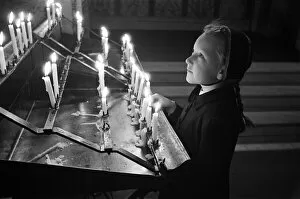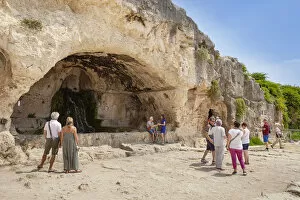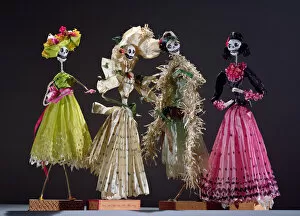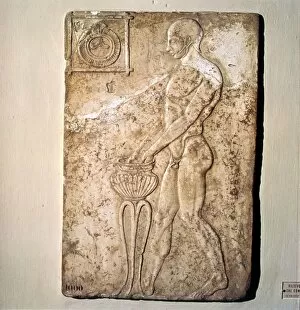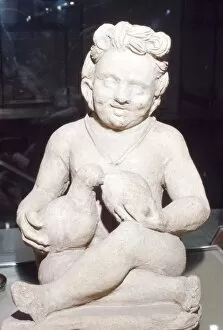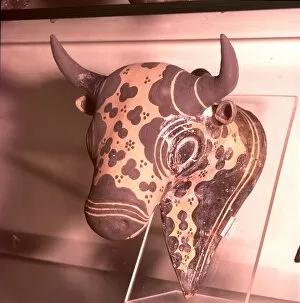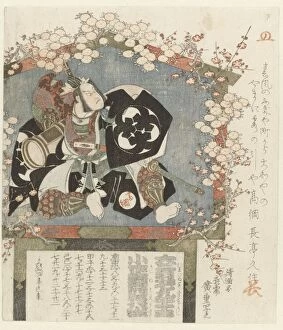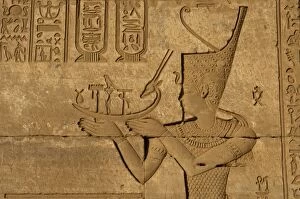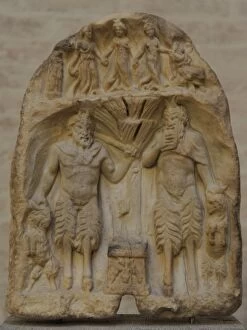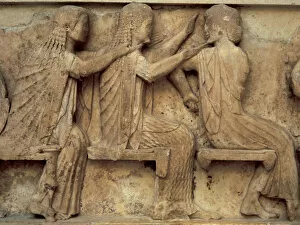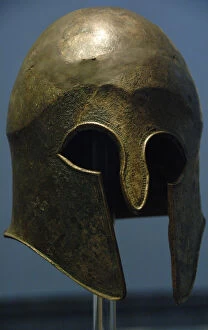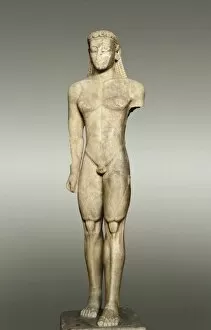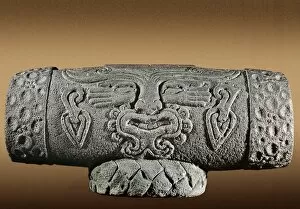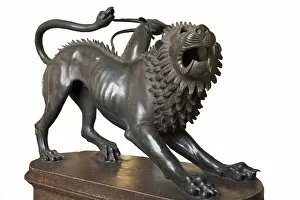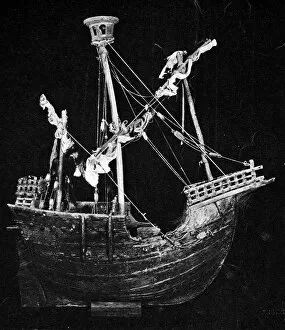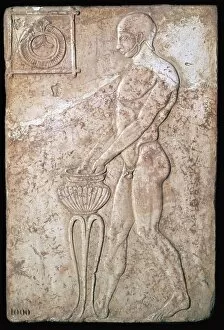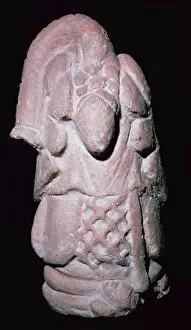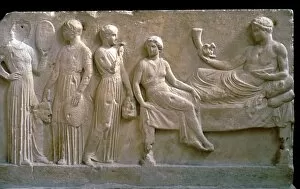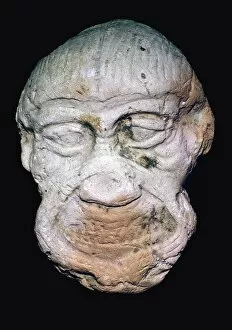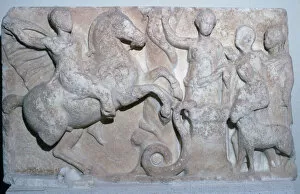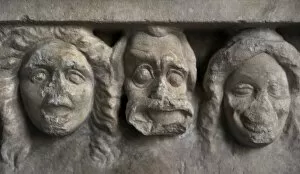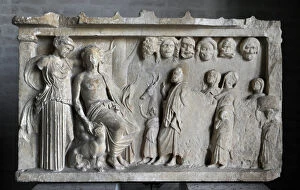Votive Collection (#4)
"Captivating Votives: A Journey through Ancient Greek Art and Cultural Traditions" Immerse yourself in the enchanting world of votives
For sale as Licensed Images
Choose your image, Select your licence and Download the media
"Captivating Votives: A Journey through Ancient Greek Art and Cultural Traditions" Immerse yourself in the enchanting world of votives, where ancient tales of gods and goddesses come to life. From the fierce battles of Ares to the passionate love affairs of Aphrodite, Greek art unveils a captivating narrative that has fascinated generations. Step into the Funeral Procession of Vietnamese Emperor Khai Dinh, where candles flicker in reverence for a great ruler's journey beyond this earthly realm. The solemnity is palpable as each candle illuminates memories and pays homage to an extraordinary life. Indulge your senses with Votive Soup #3 - a tantalizing blend of flavors that nourish both body and soul. This culinary delight captures centuries-old recipes passed down through generations, infusing every spoonful with history and tradition. Savor Votive Soup #2, a comforting dish that warms hearts with its rich aroma. Each ingredient tells a story, connecting us to our ancestors who sought solace in these humble bowls during times of celebration or sorrow. Delight in Votive Soup - a timeless classic that transcends borders and cultures. Its simple yet profound recipe reminds us that food can be more than sustenance; it can be an offering from one soul to another. Marvel at The Athenean Treasury at Delhi, Greece - an architectural masterpiece standing tall amidst ancient ruins. Its grandeur echoes the glory days when Athens flourished as the cradle of civilization, leaving behind an indelible mark on human history. Gaze upon the Steatopygous figure from Amlash - a terracotta sculpture embodying fertility and abundance. This ancient artifact transports us back in time, revealing how our ancestors revered feminine power and celebrated life's cyclical nature. Return once again to The Athenean Treasury at Delhi, Greece - its majestic columns reaching towards the heavens as if seeking divine blessings.


